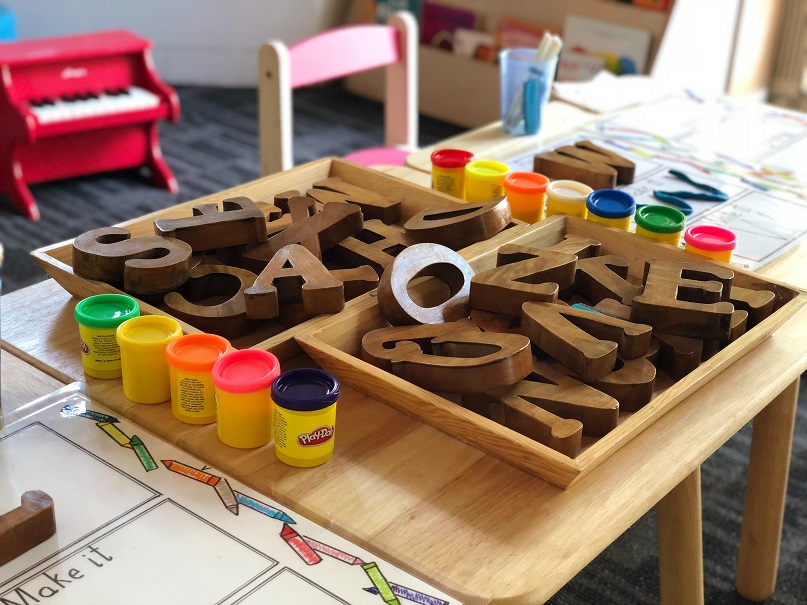The Enneagram for Schools & Teachers

Why do schools need the Enneagram?
Recent research has shown that teachers experience stress in the workplace at twice the rate of the general population. Teacher burnout is at an all time high. Having strong self-awareness and understanding is essential to operating and maintaining a healthy, dynamic, fulfilling teaching career. The Enneagram is a tool that can aid teachers and the educational community in countless ways.
Although not the ultimate solution to the problem, the Enneagram can be of tremendous help by:
- Helping teachers to understand themselves, their core motivations, and their tendencies, especially under stress
- Showing them both the low side and high side of where they tend to go in stress, giving them visible options on which behavior path to take.
- Providing them tools and pathways to use when under stress
- Making teaching teams more aware and appreciative of each other’s tendencies, thereby building team cohesion
- Helping teachers with better skills for responding to student and parents
School teachers can benefit from the Enneagram because it helps people know themselves better, which in turn impacts all interpersonal relationships in the school setting.
How can schools benefit from it?
Schools may benefit by being introduced to a personality & self-discovery tool that they can share common language around. Schools have benefited by having teachers gain more excitement toward understanding themselves, which has inspired them to also want a deeper understanding of their students and fellow staff members. It has encouraged positive staff cohesiveness and school culture.
How does learning the Enneagram help in the classroom?
Teachers know that each student is an individual with unique personality traits. So, the “one size fits all” approach doesn’t work in managing the classroom. But what if a teacher was equipped to understand the tendencies of certain personality types of students? That kind of insight would help the teacher further their development of the student. This is what the Enneagram provides: a path to more effectively interact with the different types of students in each class.
For example, if a student shows a personality that is more assertive and more “future” oriented (type 7), then motivating that student by informing them on “what’s next” may be the ticket. Or, a “dependent, present oriented” student may simply need to be given time and space to make sure they have what they need to succeed before having to work on an assignment. These kinds of insights into students’ personality tendencies can be game changers in developing lesson plans, caring for students, and having a healthy classroom.
What does an Enneagram engagement look like?
There are two approaches. The first is a workshop. These are half day, full day or multi day sessions where content is presented, followed by exercises and discussion to help participants take the new concept and immediately apply it in their current context. The second approach is the coaching approach. Over a series of multiple sessions, content is presented, and discussed. Then, participants “work on” the concepts between sessions.
Want To Learn More About Enneagram Workshops for Schools?
To learn more about the Enneagram, and how it may be able to help you, your school, or your team, contact us today.
For more information, you can also check out the following resources:
